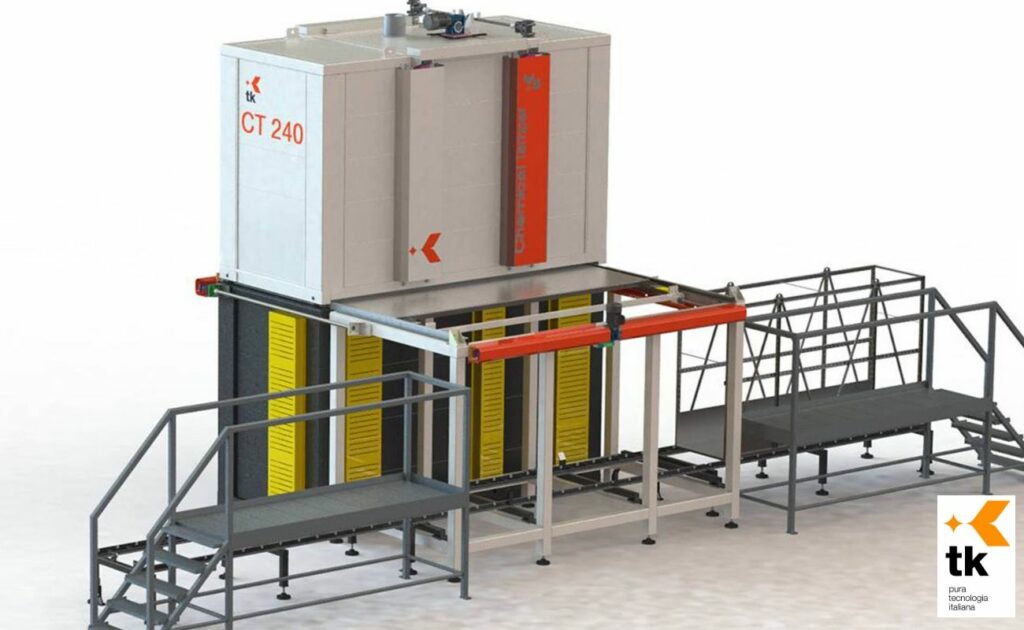The Chemical tempering of glass is obtained by immersing the glasses to be treated in a bath of molten salts of potassium at temperatures higher than 400°C. The potassium ions (K+), contained in the salt, are to replace the sodium ions (Na+) with smaller diameter contained in the glass surface, determining the establishment of compressive stresses over the entire surface and over the edges.
The properties of mechanical resistance to bending of a chemically tempered glass are higher by five to ten times compared to those of a thermally tempered glass subjected to the same force. This particular production process also increases the impact resistance: a thermally tempered glass has an impact strength with a steel ball which is almost twice that of standard float glass, while the impact resistance of a chemically tempered glass is five times that of standard float glass and ensures absolute flatness, without any visual distortion.
You can chemically temper all types of standard float glass. The green colour will undergo ion exchange inferior to others usually. Coated glass and glass with a chemical composition different from standard float glass are not chemically temperable. The parameters of the chemical tempering process may vary depending on the type of glass and the specific tempering requests.
By the chemical tempering it is possible to temper flat and hollow glass with a minimum thickness of 0.5 mm. Glasses with a special geometric shape can also be tempered, maintaining a high optical quality.

Applications
- Aeronautical glass
- Architectural glass
- Automotive glass
- Electronics
- Military
- Naval
Key features
- Electrical heating
- Operator interface with touch screen
- Salts melting tank of thick stainless steel
- UPS power failure security system
- Pre-heating hood
- Electromechanical glass lifting system
- Maximum Temperature 500°C
